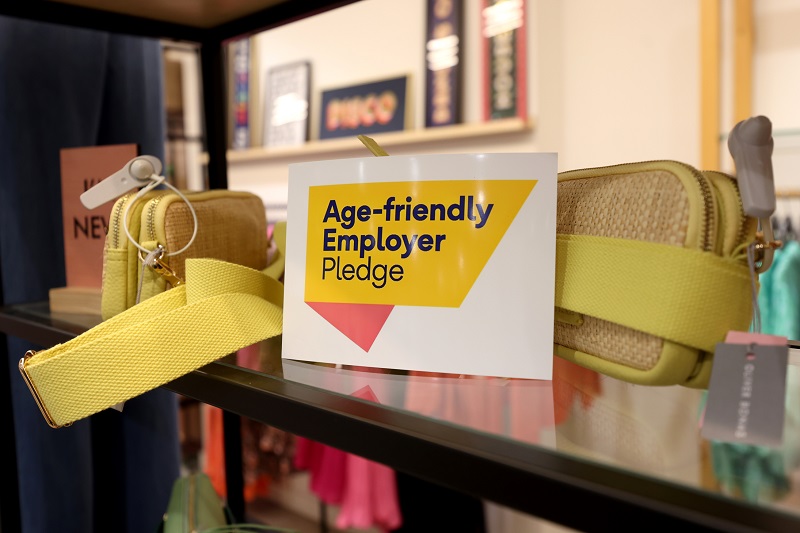Diversity historically struggled to become a boardroom issue until McKinsey’s ‘Delivering Through Diversity’ report, which provided new evidence that gender and ethnic diversity are clearly correlated with productivity and profitability.
Companies in the top quartile for gender diversity are 21% more likely to enjoy above-average profitability, while those in the top quartile for ethnic diversity are 33% more likely to do so.
With more empirical evidence demonstrating the benefits of a more diverse business, companies are reviewing their diversity initiatives. The key challenge is building it naturally into your organisation. Using things like diversity quotas can be useful, but there are other ways to organically attract a more diverse set of hires.
Good diversity recruitment processes
A good place to start is your current hiring and learning and development initiatives. Potential new hires from all walks of life should feel welcome to apply for a job at your company and there should be equal opportunities for those already working for you to move up the ranks.
Here are some more specific strategies to do this:
1. Updating employer branding to be explicit about the organisation’s commitment to diversity
Anyone who is thinking about applying for a role at your organisation should know that your workplace is inclusive. Rather than allow candidates to assume, either way, be clear in your branding that diversity is a key element of your organisational values.
Gear your marketing and PR strategies to highlight inclusivity in your business and explicitly mention to candidates that diversity is a core belief.
2. Working with hiring managers to remove unconscious bias from the recruitment process
Unconscious bias (stereotypes and biases that people believe without realising) plays a big role in halting diversity in organisations. Once you realise that it’s a problem that needs to be solved, you can start adopting techniques to fight it.
Ensuring that you have gender-neutral job descriptions will encourage a more diverse set of candidates. Blind CVs that exclude all personal information will also make sure that decisions are made on the candidate’s achievements alone.
You might also consider technology that can automate CV parsing to help identify suitable candidates purely based on skills, qualities, and qualifications rather than reviewing CVs manually.
3. Ensuring equal access to learning and development opportunities
Diversity quotas also apply to your existing team. No one should be left out of career progression opportunities, particularly when it comes to leadership training. There is a shortage of diversity in board-level positions, yet it is precisely in the boardroom where a more diverse set of viewpoints and backgrounds can be the most helpful. Make sure everyone in your team is given an equal opportunity to move up the ranks.
4. Broaden the organisation’s understanding of ‘diversity’
Diversity doesn’t just refer to ethnicity and gender, but also disability, educational background, and more. Consider this when setting quotas and identifying gaps – is your workplace accessible for the disabled, and have you considered diversity of thought? Expanding your definition will open the business up to more candidates.
5. Promoting a more flexible approach to working
Providing a more flexible working arrangement will help the organisation attract more diversity into the workplace. You’ll appeal more to those who can’t work the traditional 9-to-5 schedule such as mothers returning to work, and employees with physical or neurological disabilities.
The fact of the matter is that diversity is good for business. The quicker you can make your workplace about equal opportunities, the quicker you’ll see positive results.








